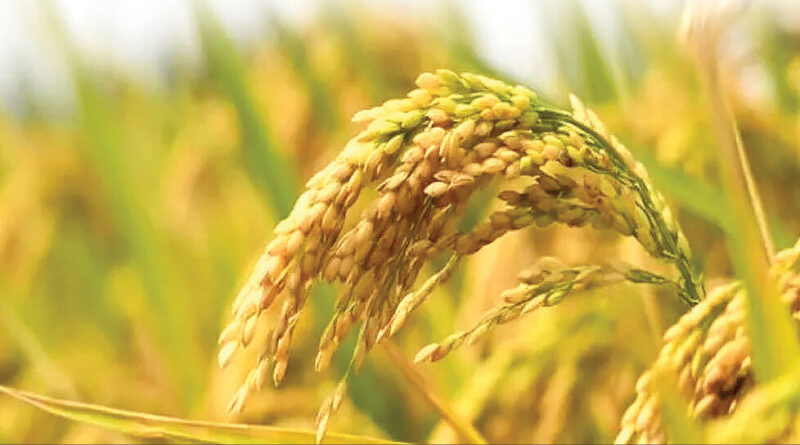Govt must recognise ‘export potential’ of Pb Basmati: Asr farmers
By Yudvir Rana
Seeking a game-changing shift in the basmati rice industry, the farmers in Punjab’s Amritsar on Tuesday asked the govt to “recognise its vast untapped potential” as a major export powerhouse.
Bracing up for a massive protest across the state on Sept 25 over their different demands, the farmers have given a call for taking decisive action to create a “thriving and competitive environment” for basmati cultivation and export, particularly through the Attari and Hussainwala Indo-Pak borders in Punjab. “We have demanded that the Centre annonce Rs 6,000 per quintal minimum support price (MSP) for basmati rice and do away with the condition of MSP $950 per ton export price, the opening of trade routes at the Attari and Hussainwala international border crossings with Pakistan in Punjab and advance arrangements for di-ammonium phosphate (DAP) by the Punjab govt,” Kirti Kisan Union vice president Jatinder Singh Chinna said on Tuesday. The farmers have urged the Punjab govt to announce Rs 6,000 per quintal price for varieties like 1121 and 1885 and Rs 5,000 per quintal for varieties such as 1509 and 1692. Claiming that basmati rice generated $5.8 billion in foreign exchange during 2023-24, state president of the union Nirbhay Singh said that the govt should provide a procurement guarantee for basmati rice to the farmers.
Giving data on the production and sale of basmati, Nirbhay said that in 1990, basmati rice exports were worth only Rs 276 crore.
Over three decades, this figure has surged nearly 180-fold to reach Rs 48,389.19 crore in 2024. In the fiscal year 2020-21, exports were valued at Rs 29,849 crore and this amount has nearly doubled in the last two years to Rs 48,389.19 crore. The farms have also demanded the removal of the MSP condition, which is currently set at $950 per ton. “Due to superior quality, the Punjab’s basmati rice is known in developed countries as “fragrant pearls,” Nirbhay said.
This article has been republished from The Times of India.

